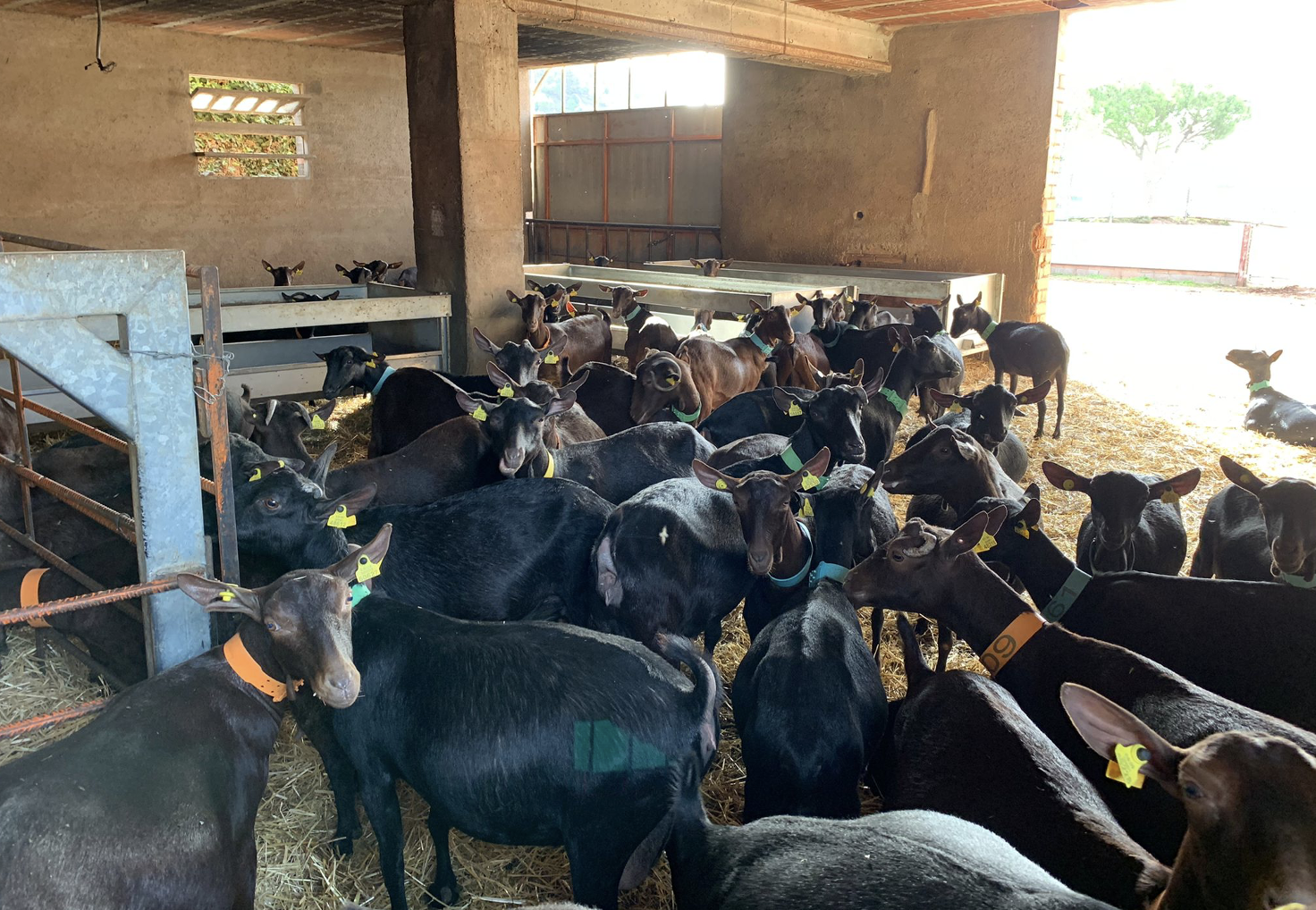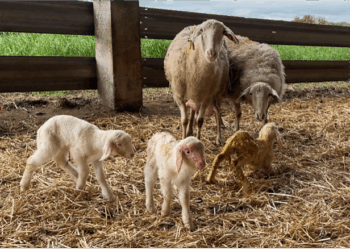What is Biosecurity?
We can define it as a set of strategies to manage and minimise the risks to human, animal and plant health.
In practice, biosecurity on a farm covers the measures that enable us to avoid the entry and spread of a pathogen within the herd.
If we reduce the incidence of infections, we will reduce the need to treat animals with antibiotics
There are many studies in various species that demonstrate a relationship between biosecurity and an improvement in animal health, and therefore a reduction in the use of antibiotics.
Moreover, there is also evidence that good animal health means improved wellbeing and productivity and vice versa.
Biosecurity and wellbeing are the two basic pillars of proper management on the farm
10 key points for success
Biosecurity measures that should always be in place are:
1. Avoidance of buying in animals. If this is necessary, it is important:
– To buy the smallest number possible, and from the same source
– That the source farm has a low risk of disease
– To reduce risks during transport
– To implement quarantine
2. Protection against external threats
– Avoidance of contact with other herds and wild animals
– Visitor control: provision of clothing and footwear from the farm
– Ensuring that vehicles that enter the farm are properly disinfected

3. Hygiene of facilities and equipment: Routine cleaning and disinfection of bedding, feeding and drinking troughs, milking machines etc.
4. Implementation of “all in – all out” of groups
5. Reduction of the density of animals and ensuring proper ventilation.
A basic principle is the avoidance of direct and indirect contact between groups and reduction of infection pressure
6. Performance of diagnostic tests as soon as possible when symptoms are observed.
7. Isolation of sick animals (or sacrifice if necessary)
8. Control of pests and parasites
9. Checking that feed and drink are not contaminated
10. Implementation of disease prevention programmes
Vaccination is key to disease prevention and control
Conclusions
– With biosecurity measures we promote disease prevention and in turn the rational use of antibiotics.
– The implementation of these measures is highly cost-effective as they also help to improve production.
Article written by:
Tania Perálvarez Puerta. Product Manager Small Ruminants Unit – HIPRA




